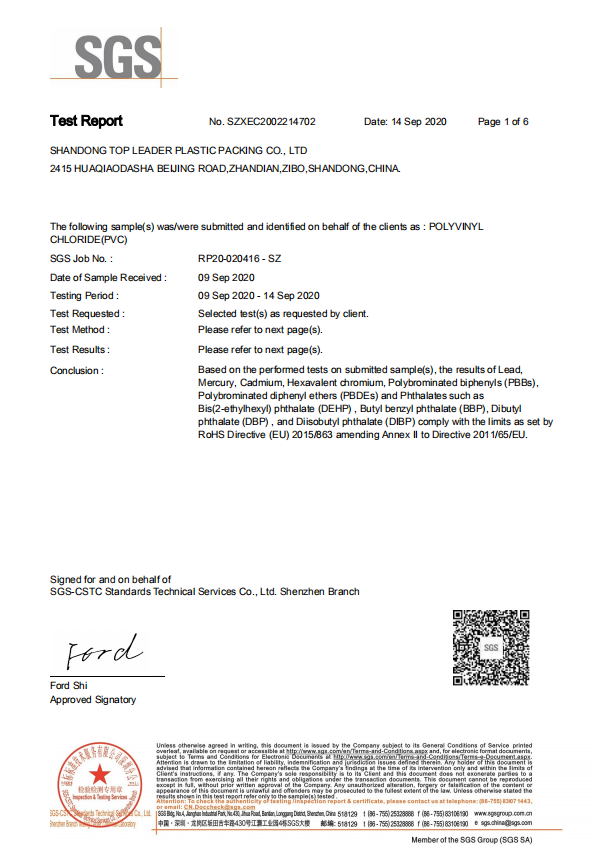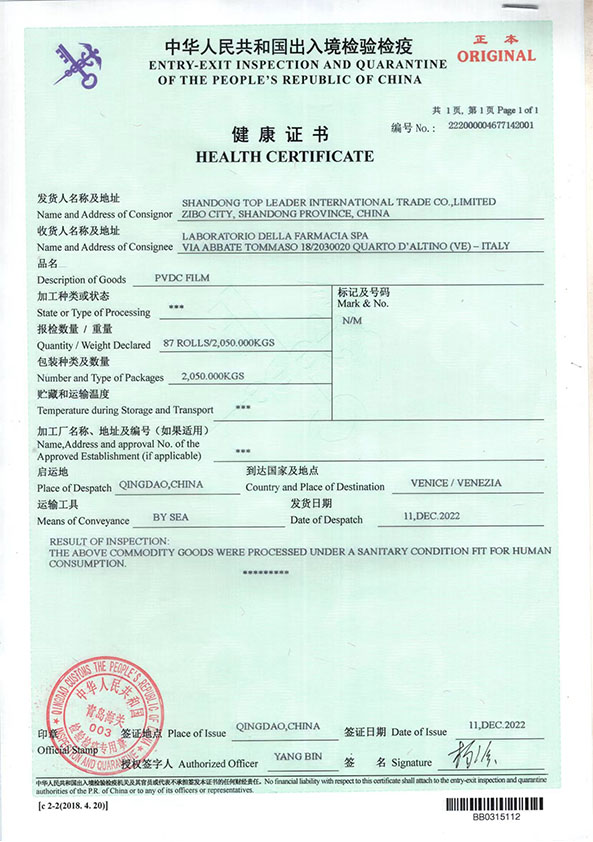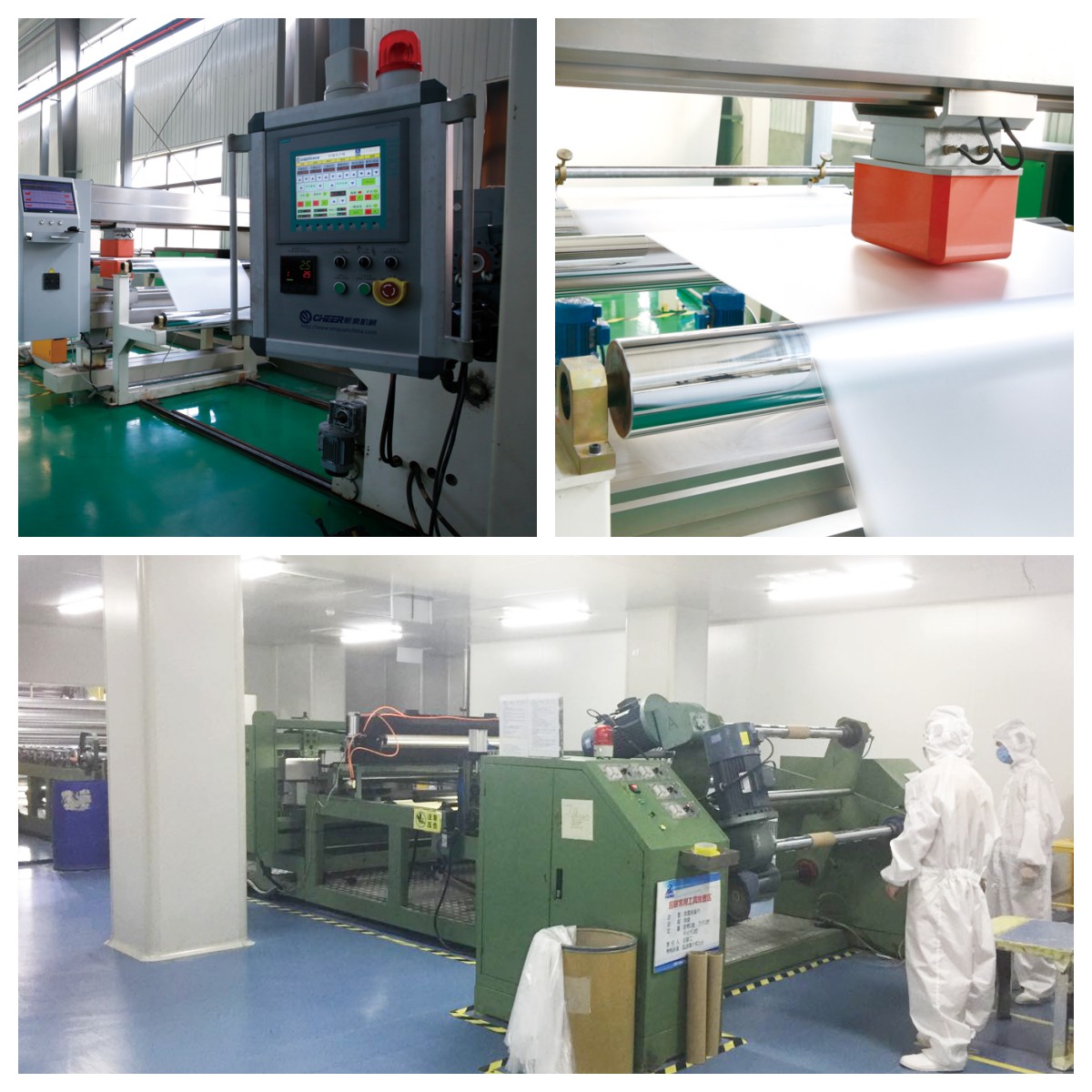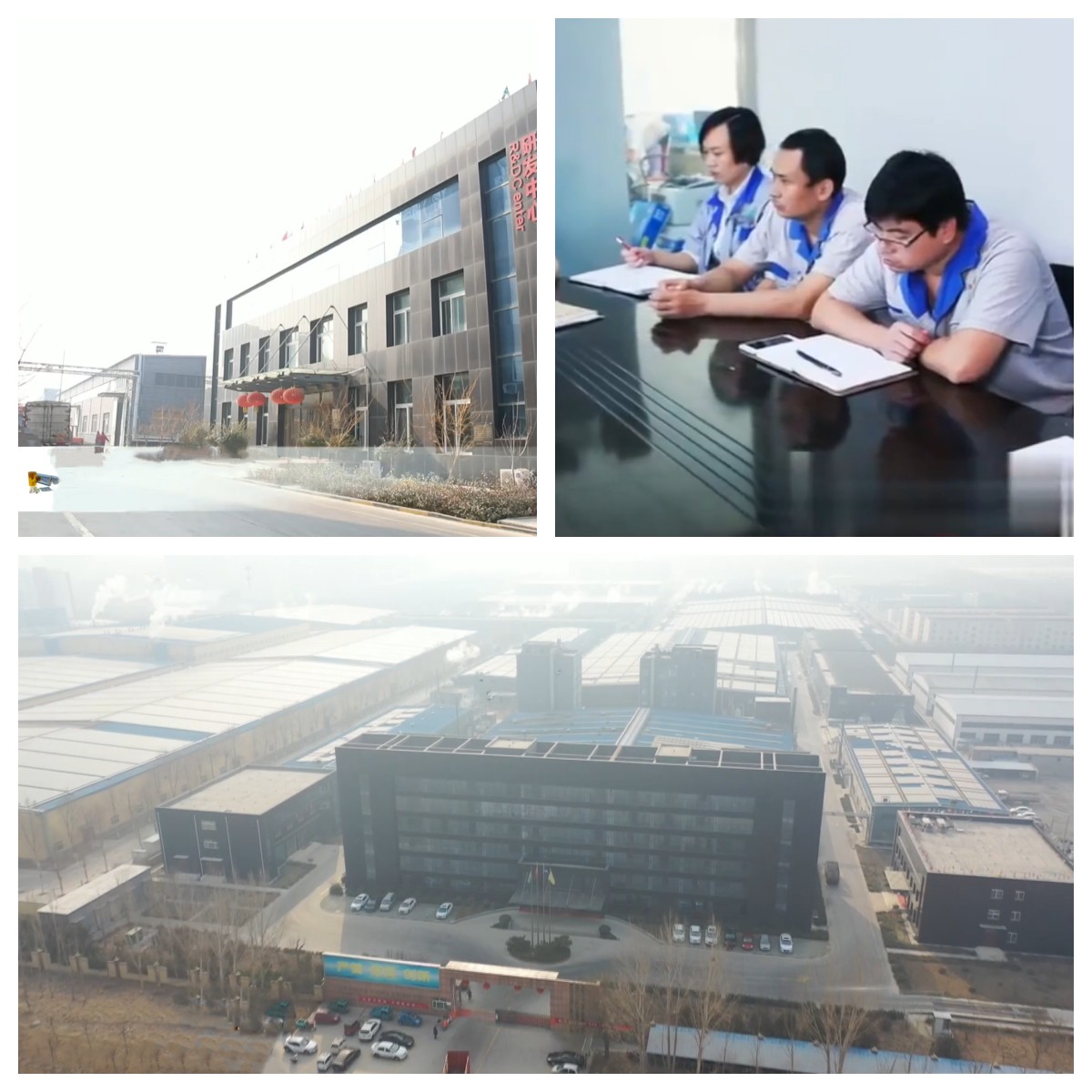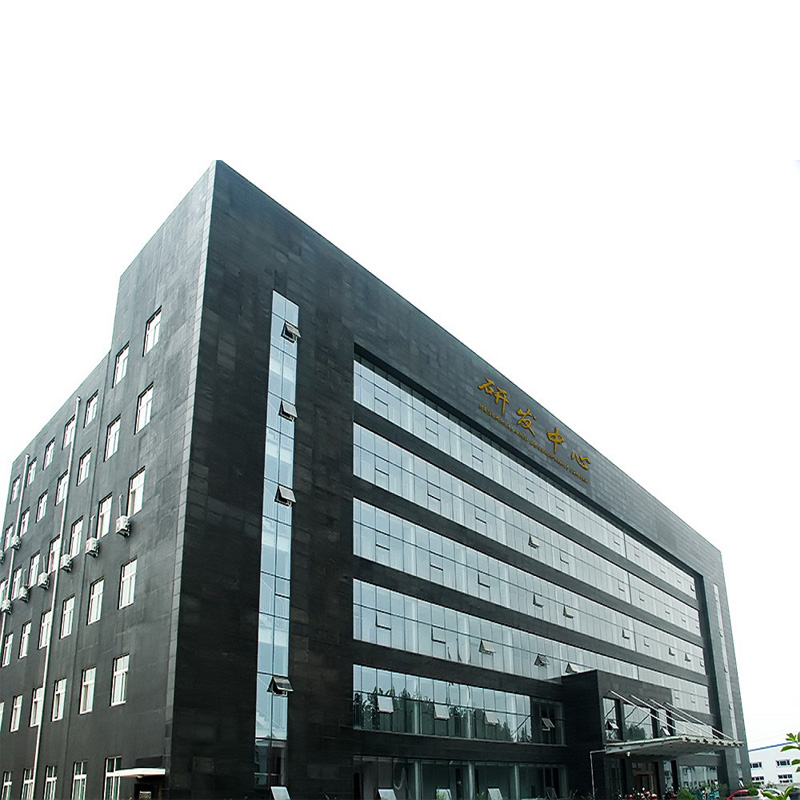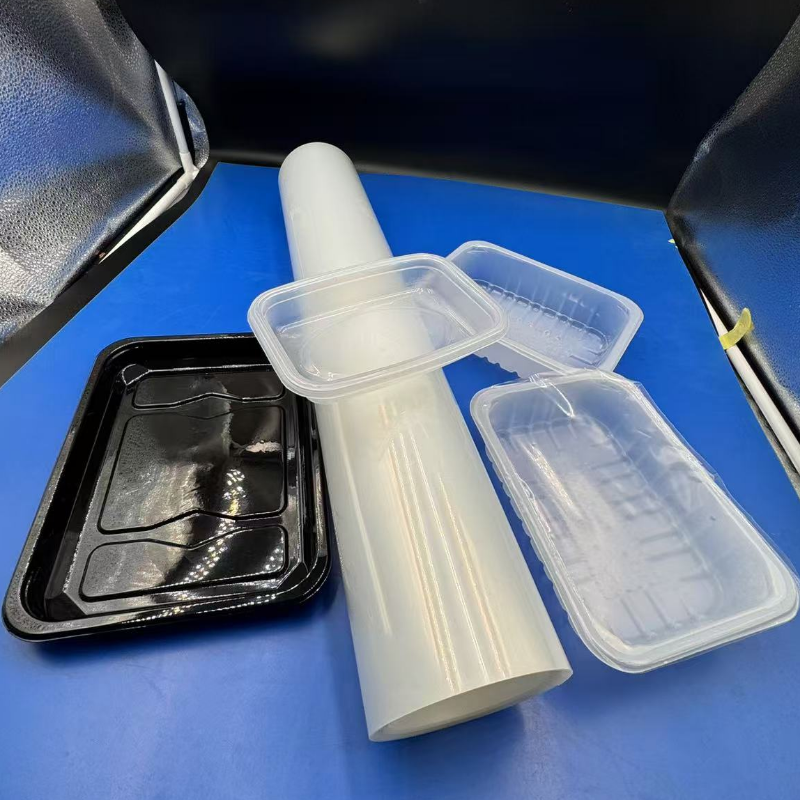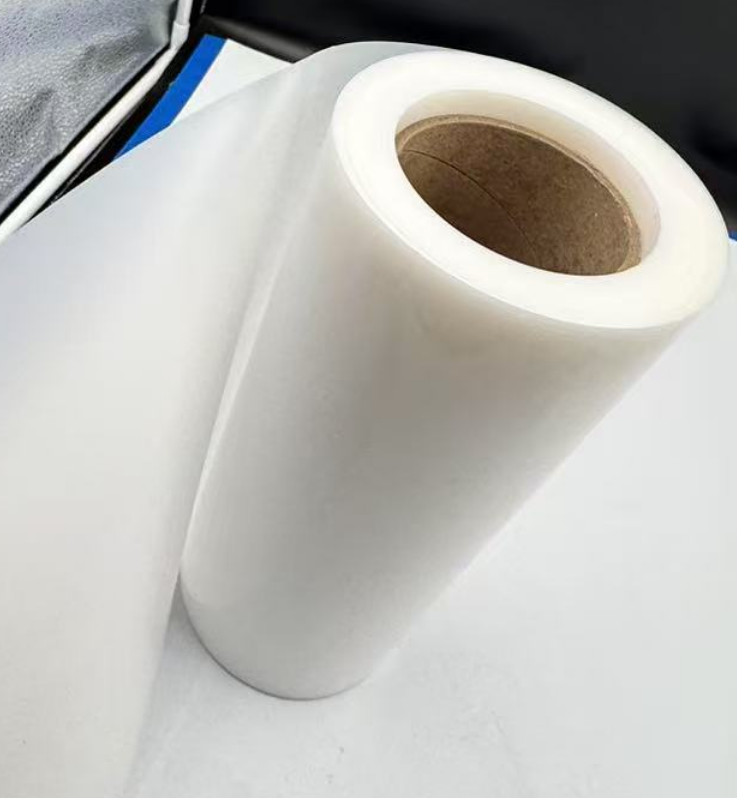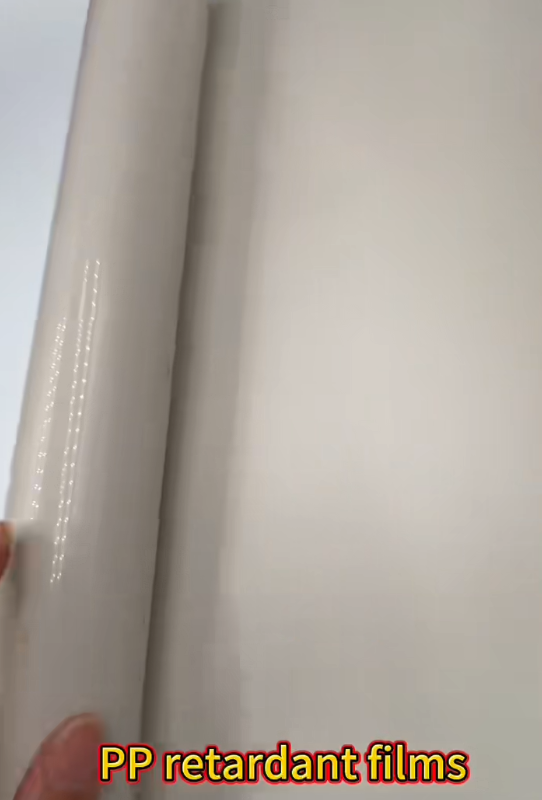
PP 352PP EVOH Film: Diversified Use in Food Packaging - Abstract
Material: PP Thermal formed sheet
Thickness 0.25-0.9mm/customization
Size: 300mm/Customization
GRADE: Food grade film
color: black/white/ customization
location: china
usage :for food tray ,mircronwave food container
- TOPLEADER
- china
- 15WORKING DAYS
- 5000T/M
- Information
- Video
- Download
PP EVOH Film: Diversified Use in Food Packaging - Abstract: This paper elaborates extensively on the diversified applications of PP EVOH film in food packaging and focuses on specific food blister packaging, vegetable boxes, microwave heating packaging, and frozen packaging. It goes into great detail
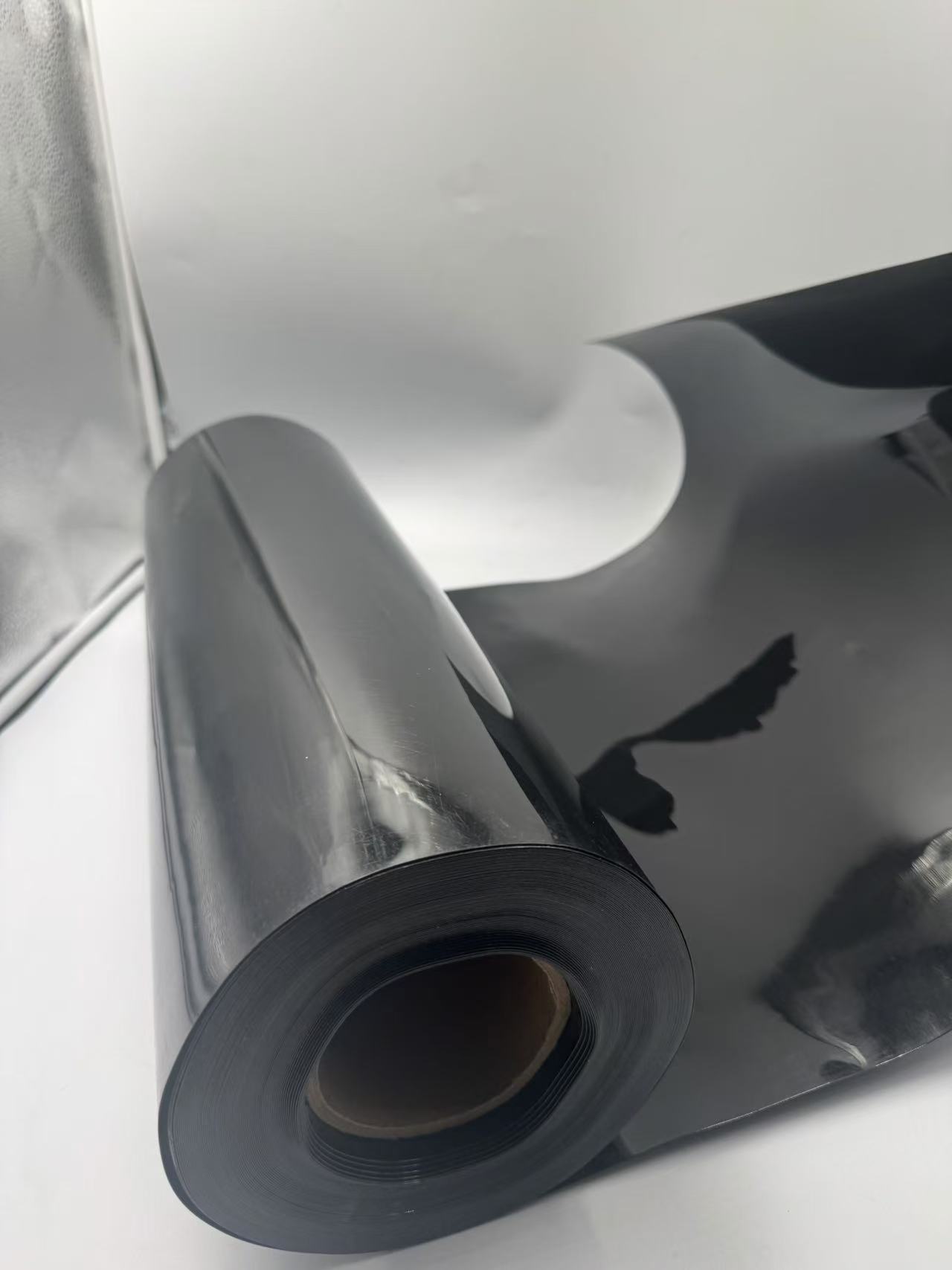
about the distinctive properties that make PP EVOH film highly suitable for such a wide array of applications: its excellent barrier properties, thermal stability, and characteristics related to food safety. The article further elaborates on the manufacturing process, the quality control measures concerning its use in food packaging, and the requirements in terms of regulatory compliance. By conducting a critical analysis, it is proven that PP EVOH film plays a vital role in enhancing the quality, safety, and shelf life of food products while at the same time meeting consumers' demands for convenience and sustainability.
Keywords: PP EVOH film, food packaging, blister packaging, vegetable boxes, microwave heating, frozen packaging
1. Introduction
With growing concern about packaging materials in the highly competitive and quality-conscious world of food packaging, the choice becomes vital. Since this material has all the fantastic combinations of properties to handle the multidimensional needs regarding preservation, safety, and convenience for food, PP EVOH film has become one of the leading contenders. In this article, the wide ranges of use of this film in food packaging are discussed, changing ways of storing, transporting, and consuming food.
2. Properties of PP EVOH Film
2.1 Barrier Properties
Among the most salient features of PP EVOH film is its very remarkable barrier properties. The EVOH layer inside the film acts as a strong barrier to oxygen, moisture, and other gases. This property is important in food packaging for maintaining freshness and quality by preventing spoilage. For instance, in packaged fresh meats, the oxygen barrier property of the film prevents the growth of aerobic bacteria and reduces the rate of oxidation, hence increasing the shelf life. In the packaging of dry food products, such as cereals, the moisture barrier property of the film maintains the crispiness of the food and prevents sogginess.
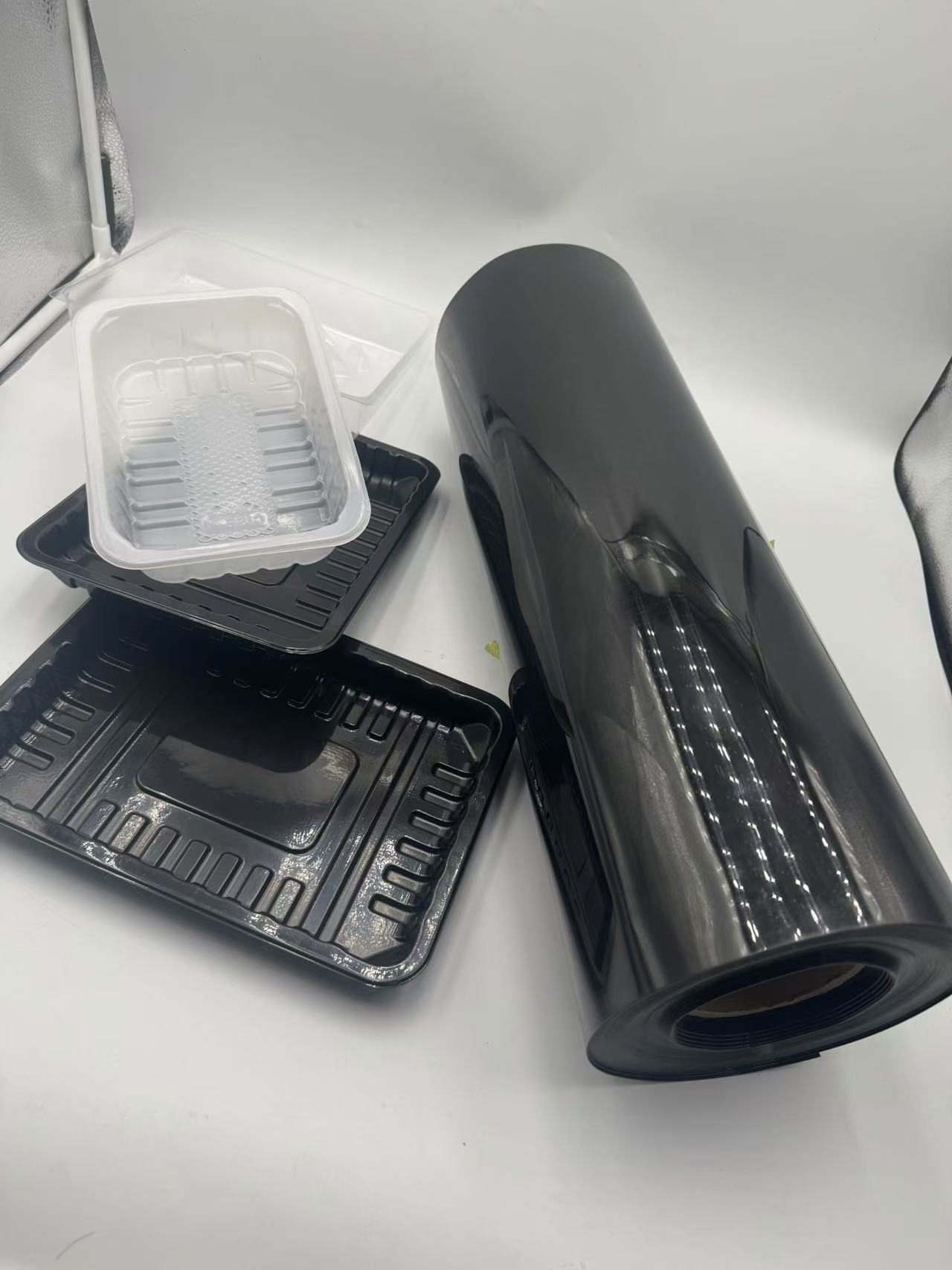 2.2 Thermal Stability
2.2 Thermal Stability
PP EVOH film possesses excellent thermal stability that extends the scope of temperature applications. It could bear the relatively high temperatures involved in the sterilization and pasteurization processes necessary for food packaging. This is highly necessary in ensuring the safety of packaged foods in canned and bottled forms. In addition, it is capable of bearing low temperatures that frozen food storage entails. Used in frozen food packaging, be it frozen vegetables or ice cream, the film will not get brittle; it remains flexible to protect the food from freezer burn and keeps its texture and flavor intact. 2.3 Food Safety
The film consists of materials that are accepted for food contact. It is nontoxic and does not migrate harmful substances into the food. For this reason, every food packaging material should meet the necessary requirements concerning food safety. PP EVOH film meets such standards rigorously, thereby giving confidence to both consumers and food manufacturers that the packaged food is safe for consumption.
2.4 Transparency and Printability
The film is sufficiently transparent to allow consumers to see the product in the package clearly. In food blister packaging, including vegetable boxes, this aspect enhances the appeal of the produce and facilitates the selection process for consumers. Moreover, the surface of the film is receptive to printing, allowing food manufacturers to print attractive labels, nutritional information, and branding elements directly onto the package. High-quality printing not only conveys necessary information to the consumers but also adds to the overall aesthetic value of the product on the supermarket shelves.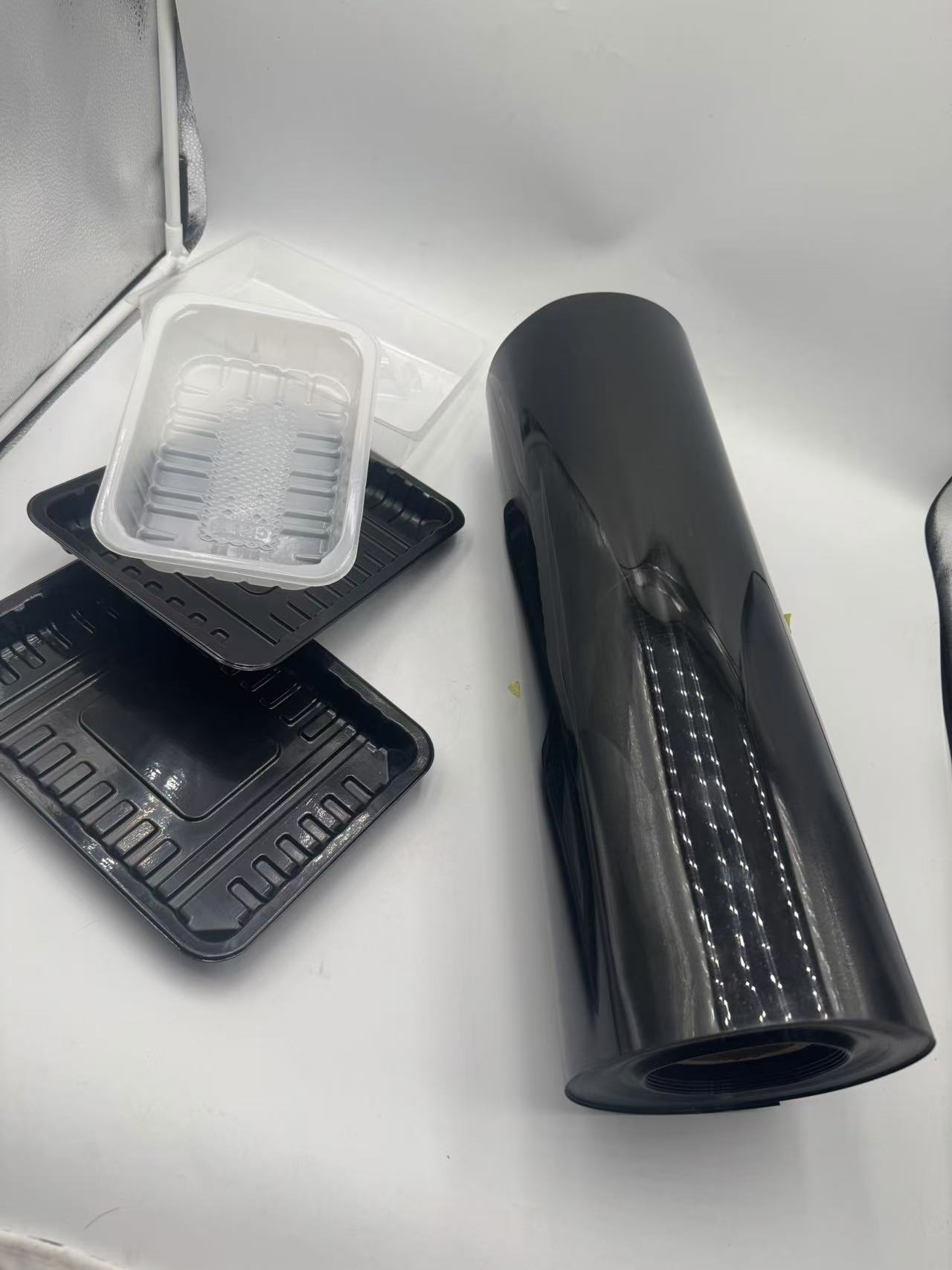
3. Application in Food Blister Packaging
3.1 Blister Forming Process
The process of making food blister packages using PP EVOH film involves several stages. First, the film is heated to a specific temperature range that allows it to become pliable. This is typically achieved using thermoforming equipment. Heat may therefore bring in either physical changes, the molding into desired blister forms-usually with vacuum or pressure. It will be relevant during such processes for precise controls regarding temperature and pressure in such formation of high-quality consistent blister cavities. Precisely shaped blister cavities could accurately hold products and present those attractively while packing chocolate and other small-sized confectioneries.
3.2 Sealing and Product Protection
After placing the food items inside the blister cavities, PP EVOH film is sealed with the suitable lid material, generally a laminated film or foil. The sealing operation should be done with utmost care so that a hermetic seal will be achieved. This helps not only in preventing ingress by oxygen and moisture and contaminants but provides also tamper evidence. For delicate food products such as those in bakeries or fresh fruits, barrier properties of the film and secure seals together work in maintaining freshness and integrity of the product during storage and transportation. The flexibility of the film can also make it fit according to the shape of the food items for added protection.
3.3 Aesthetic and Marketing Advantages
Transparency and printability of PP EVOH film are of important aesthetic and marketing values in food blister packaging. A clear view of the food product entices consumers and gives them a better idea of what they purchase. Food manufacturers can take advantage of this by creating visually appealing blister packages showcasing the quality and freshness of their products. Printing of vivid colors and details of graphics on the film enables effective branding and differentiation of the product. For example, a gourmet cookies brand can show the cookies in an appealing way in the film and print its brand and USPs on the package to catch the attention of potential buyers that enhances brand recognition.
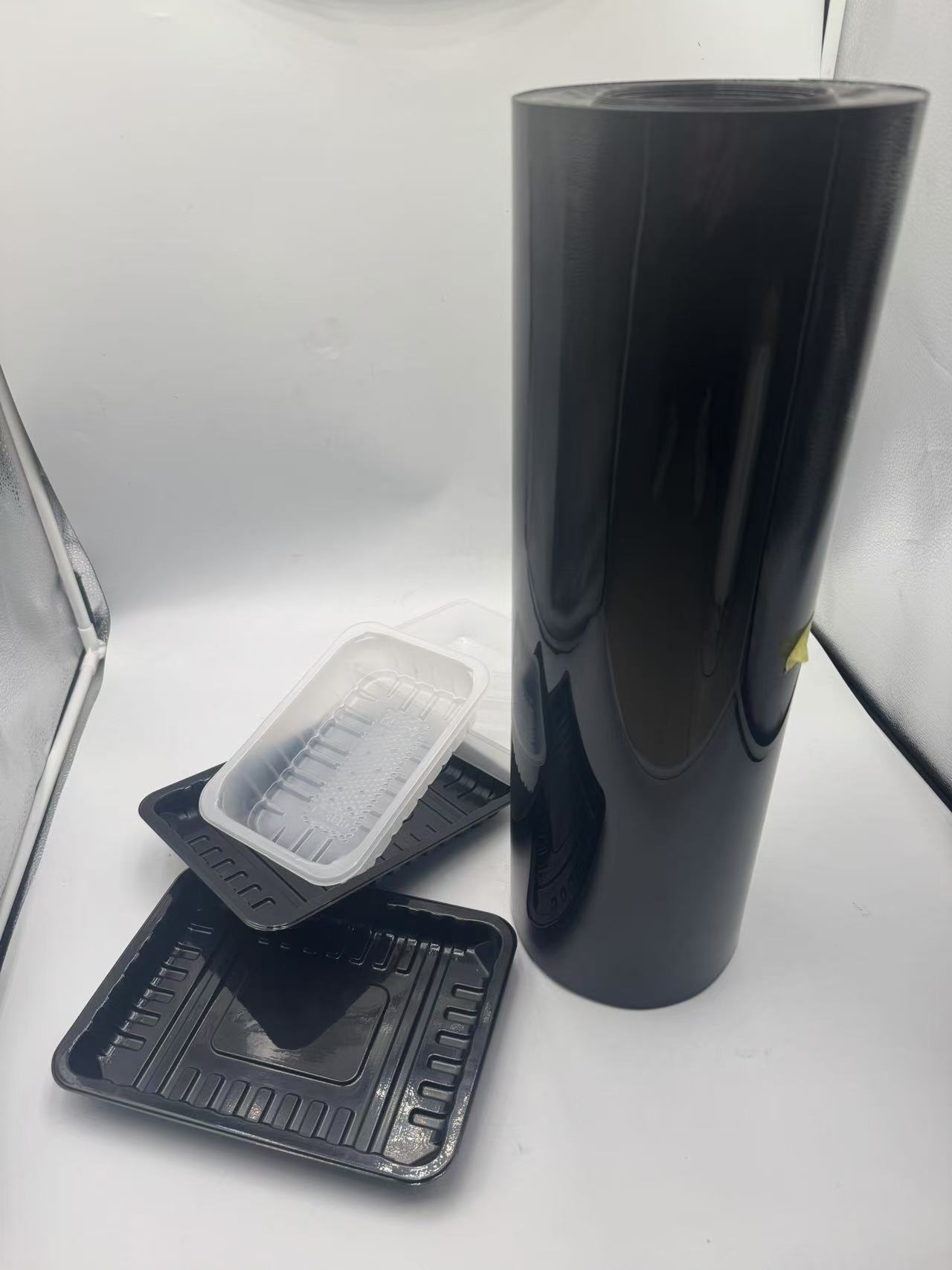 4. Application in Vegetable Boxes
4. Application in Vegetable Boxes
4.1 Packaging Fresh Vegetables
PP EVOH film is used in packaging fresh vegetables due to the fact that its moisture barrier property helps to keep the vegetables in their optimal humidity, not wilting or drying out. Meanwhile, the oxygen barrier function slows down the respiration rate of vegetables and prolongs their shelf life. For instance, in the packaging of lettuce or spinach, the created microenvironment by the film maintains the vegetables fresh and crispy for a longer period. The transparency of the film allows customers to easily inspect the quality and freshness of the vegetables before buying.
4.2 Modified Atmosphere Packaging (MAP)
At times, PP EVOH film is used in combination with Modified Atmosphere Packaging techniques to package vegetable boxes. Further inhibition of the growth of spoilage microorganisms and the rate of physiological deterioration of the vegetables can be achieved by adjusting the gas composition inside the package, typically by decreasing the level of oxygen while increasing the level of carbon dioxide. Excellent gas barrier properties of the film are very important to maintain the desired atmosphere inside the package. For example, in packaging broccoli or cauliflower, the use of PP EVOH film in MAP can greatly extend the shelf life and retain nutritional value. 4.3 Sustainable Packaging ConsiderationsWith the increasing demand for sustainable packaging, PP EVOH film has some advantages. It is a lightweight material, thus it requires less energy to transport compared to heavier packaging options. Moreover, recyclable and biodegradable versions of the PP EVOH film are also in the development process. Some manufacturers are testing the inclusion of bio-based polymers into the composition of the film to decrease its environmental impact. For instance, vegetable-based plastics can be included in the film to make it more sustainable without sacrificing essential properties related to vegetable packaging.
5. Application in Microwave Heating Packaging
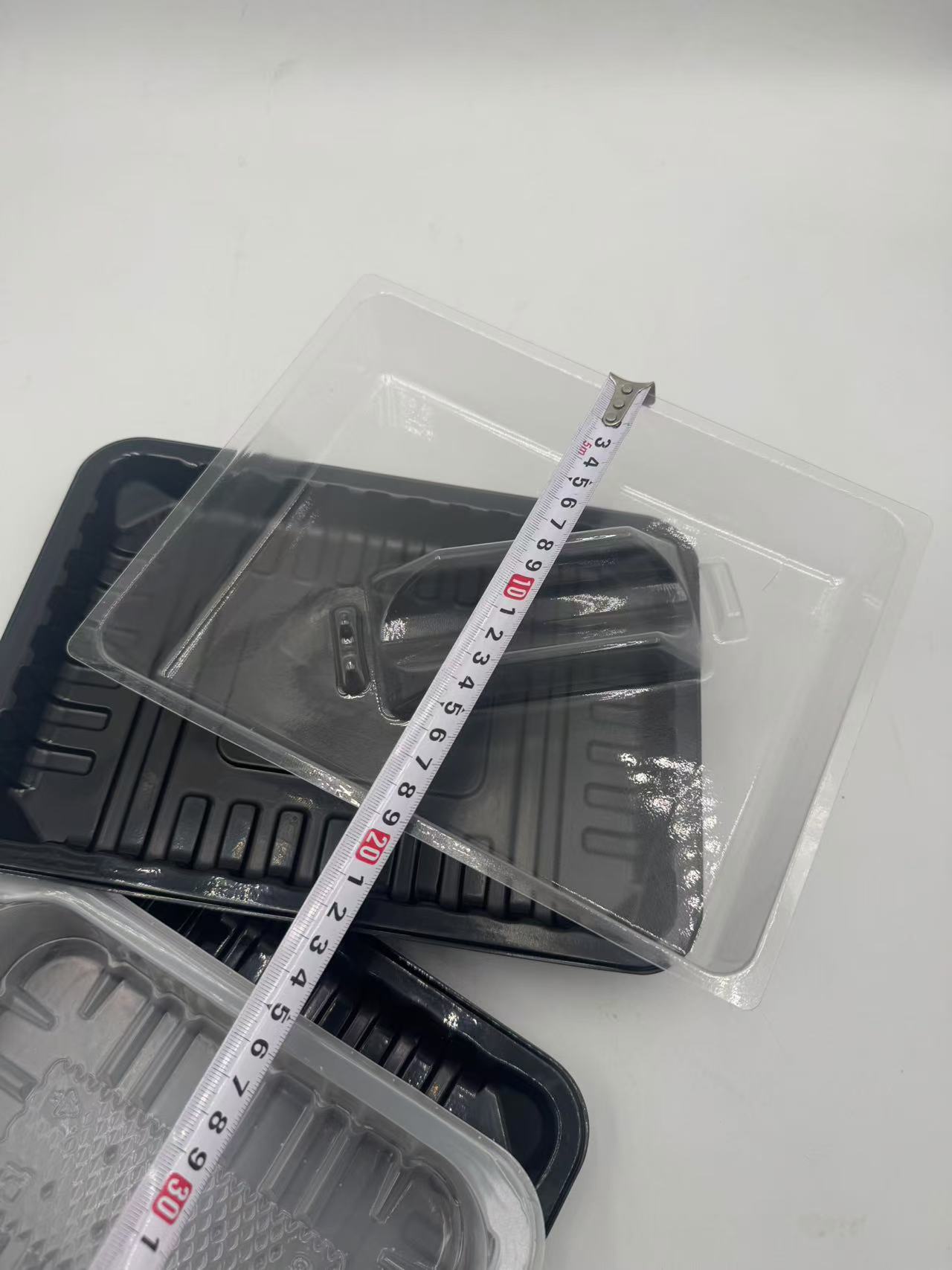 5.1 Microwave Compatibility
5.1 Microwave Compatibility
One of the major advantages in modern food packaging is that the PP EVOH film is designed to be compatible with microwave heating. The tendency of the film during microwave heating packages is that it does not melt or deform due to the heat generated from the process. This enables the consumers to heat their food directly inside the package, saving time and effort. For instance, in the packaging of ready-to-eat meals or microwave popcorn, the film provides a convenient and safe container for heating. The thermal stability and microwave compatibility of the film ensure that the food is heated without hot spots and that the package remains intact during the heat treatment.
5.2 Heat Sealability and Leak Resistance
Heat sealability of the film is another important property for microwave heating packaging. After the food is placed in the package, it needs to be sealed properly to avoid any leakage during heating. PP EVOH film gives a very strong and reliable heat seal that keeps the food and sauces or liquids, if accompanying, inside the package. This is quite important for liquid-based food products, like soups or stews. It is, in addition to leak resistance preventing the messy effect of spilling into a microwave oven; this turns it as safe, hygienic and practical application.
5.3 Ease for Customers / Safety
Microwave-heating packaging based on using of PP EVOH film offers excellent customers convenience. They can simply put the packaged food in the microwave, following the heating instructions, and get a hot meal without having to transfer the food to another container. Besides, the film is designed under strict safety standards to prevent any harmful substances from being released into the food during microwave heating. This gives consumers peace of mind, enhancing their overall experience with microwaveable food products.
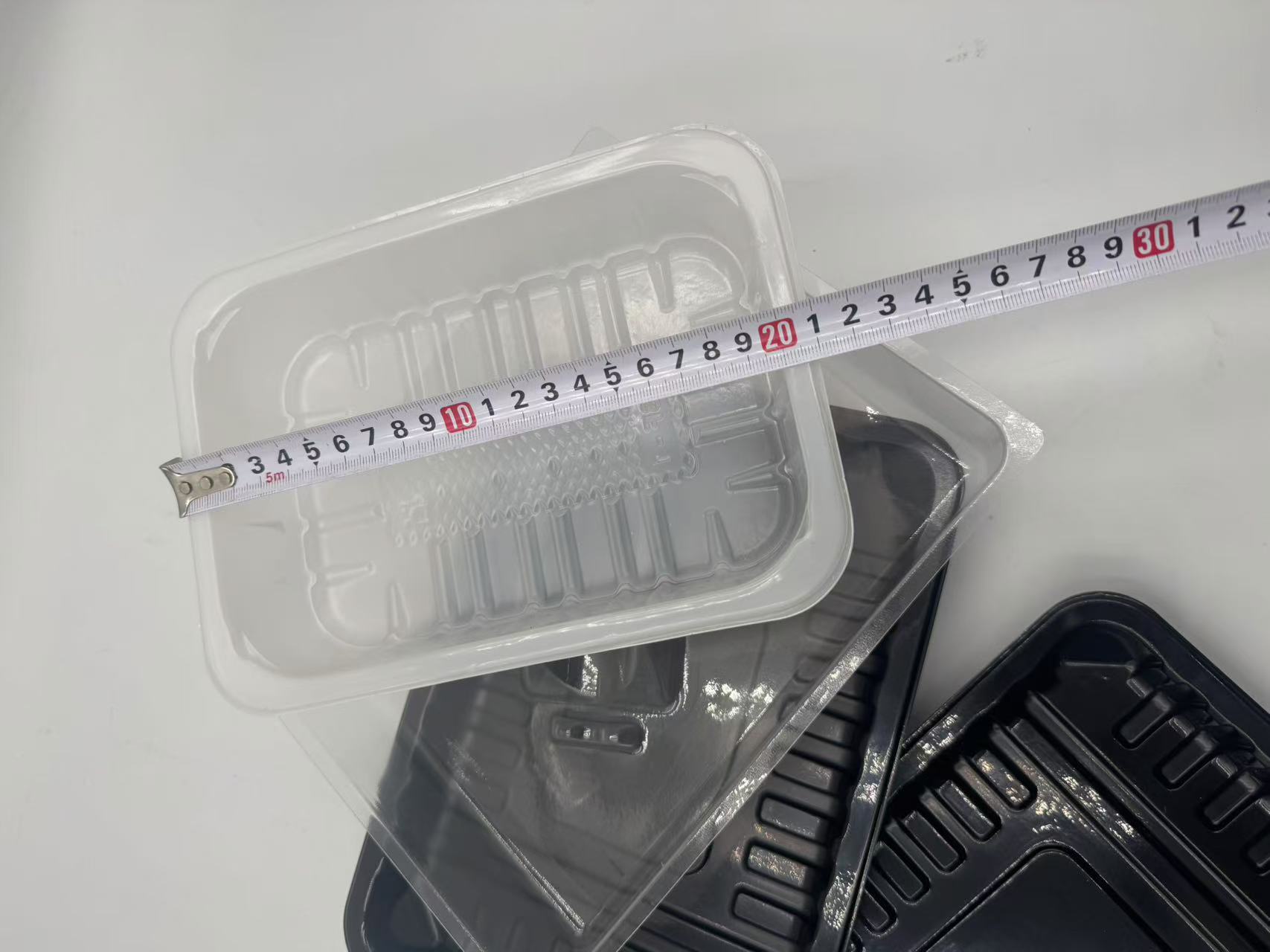 6. Application in Frozen Packaging
6. Application in Frozen Packaging
6.1 Freezer Burn Protection
When utilized in frozen packaging, PP EVOH film provides excellent protection against freezer burn. Freezer burn is a phenomenon whereby moisture within the food evaporates, recondensing onto the food surface to cause loss of quality and flavor. This is prevented by the moisture barrier property of the film, which retains moisture within the food. For example, in the packaging of frozen fish or meat, the film acts as a shield, keeping the food in a pristine condition even after extended periods of freezing.
6.2 Durability at Low Temperatures
The film's durability at low temperatures is another key advantage. It remains flexible and strong even in the extremely cold environment of a freezer. This flexibility allows the film to adapt to changes in the volume of any food as it freezes or thaws without cracking or breaking. Frozen desserts, such as ice cream in packaging, require the film to retain enough integrity at low temperatures to protect the product from any physical damage and retain its smooth texture and delicious taste.
6.3 Labeling and Identification in the Freezer
Another advantage of PP EVOH film in frozen packaging is its printability. Food manufacturers can print clear and durable labels on the film, which remains legible even in the freezer. This includes information such as the product name, ingredients, nutritional facts, and cooking instructions. It is easy to identify frozen food products, and consumers can make informed choices even when the packages are stored in a freezer with many other items.
7. Manufacturing Processes and Quality Control
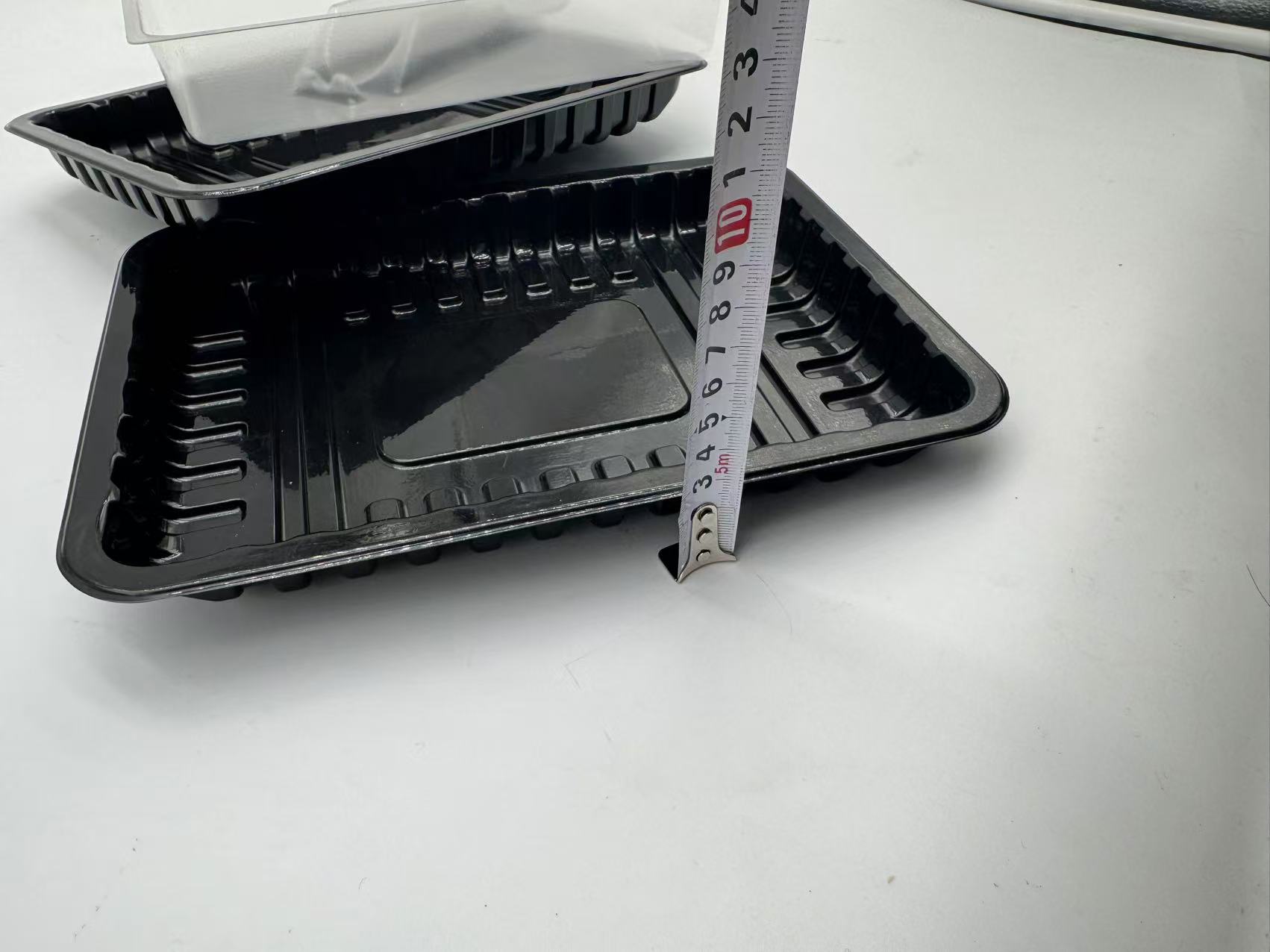 7.1 Film Production
7.1 Film Production
The production of PP EVOH film is a complex manufacturing process that generally begins with the polymerization of the individual monomers to form the PP and EVOH polymers. The polymers are then blended in appropriate ratios in order to achieve the desired properties. The blend is then extruded through a die to form a thin film. In the course of extrusion, several additives may be incorporated to enhance its performance, such as antioxidants for improvement in thermal stability and slip agents for improvement in processability. Careful control of film thickness is done to meet its applicability in various food packaging. 7.2 Quality Control Measures To ensure the quality of PP EVOH film used for food packaging, strict quality control measures have been implemented. They may range from testing barrier properties to assessing thermal stability and mechanical resistance of a film. Food-grade testing includes control in accordance with regulations concerning food-contact, inertness of films, nonpresencing of noxious matter, and more. At each stage in the processing of any single line, defects in films have to be watched for or their inconsistency. Finally, there's an evaluation with samples of this film concerning performance under actual working conditions mimicking any different food packaging condition. 8. Regulatory Compliances Used in food packaging, it is subject to stringent PP EVOH film by legislation of regulatory compliance. The regulatory authorities like the US FDA and the European Food Safety Authority in Europe have set guidelines and standards for food packaging materials. PP EVOH film must meet such requirements, including limits on the migration of substances from the film into the food, toxicity testing, and compliance with specific packaging regulations for different food categories. Food manufacturers are responsible for ensuring that any film they use is from approved suppliers and that it does not violate any regulation. The regulatory framework establishes protection for the health and safety of consumers and the integrity of the food supply chain.
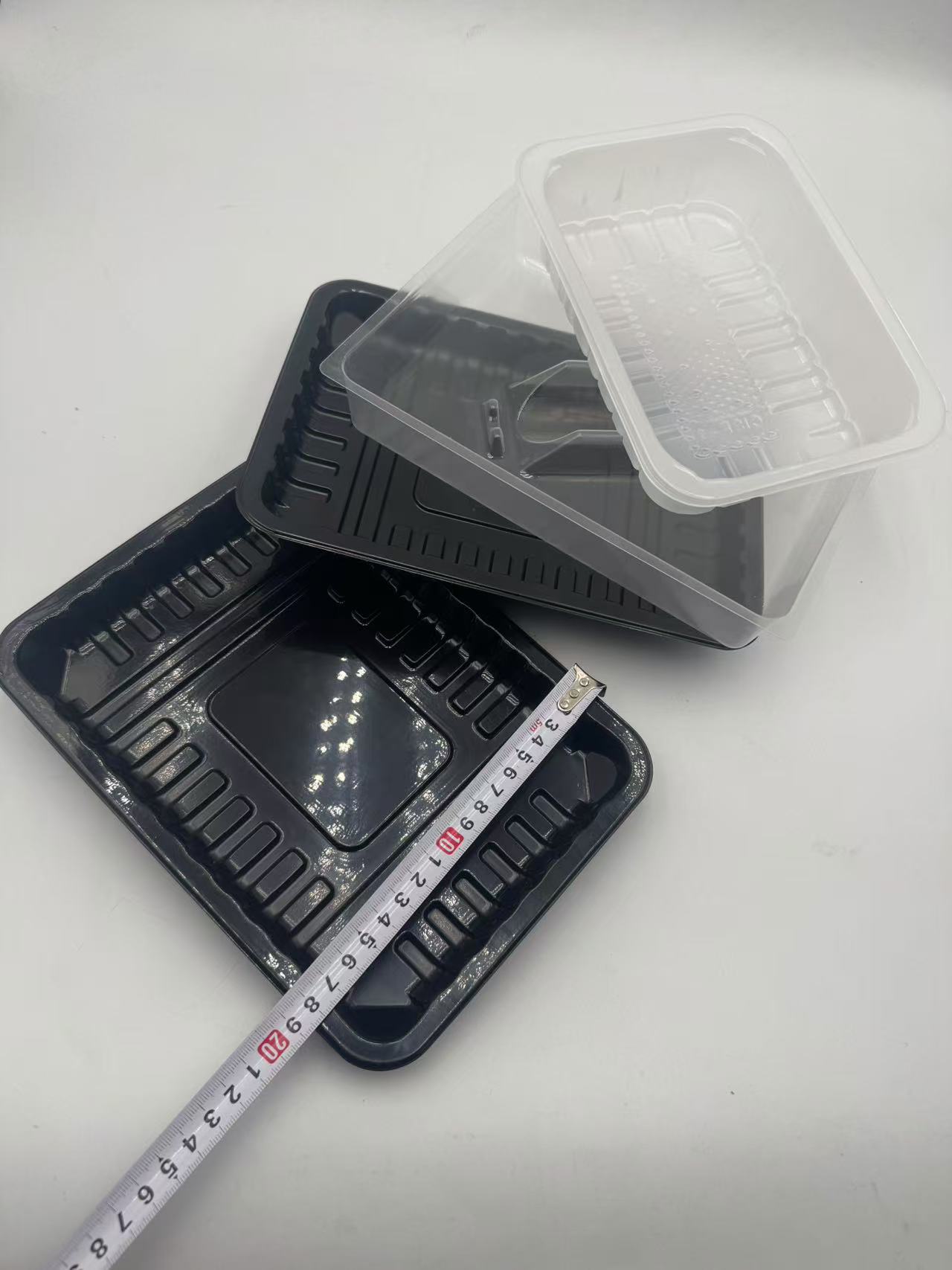 9. Conclusion
9. Conclusion
PP EVOH film has a wide range of applications in food blister packaging, vegetable boxes, microwave heating packaging, and frozen packaging. This material, with its excellent barrier properties, thermal stability, food safety, transparency, and printability, is an ideal choice for a wide range of food products. This has placed the film in an indispensable position in modern food packaging due to its enhancement of food quality, extension of shelf life, convenience, and meeting regulatory
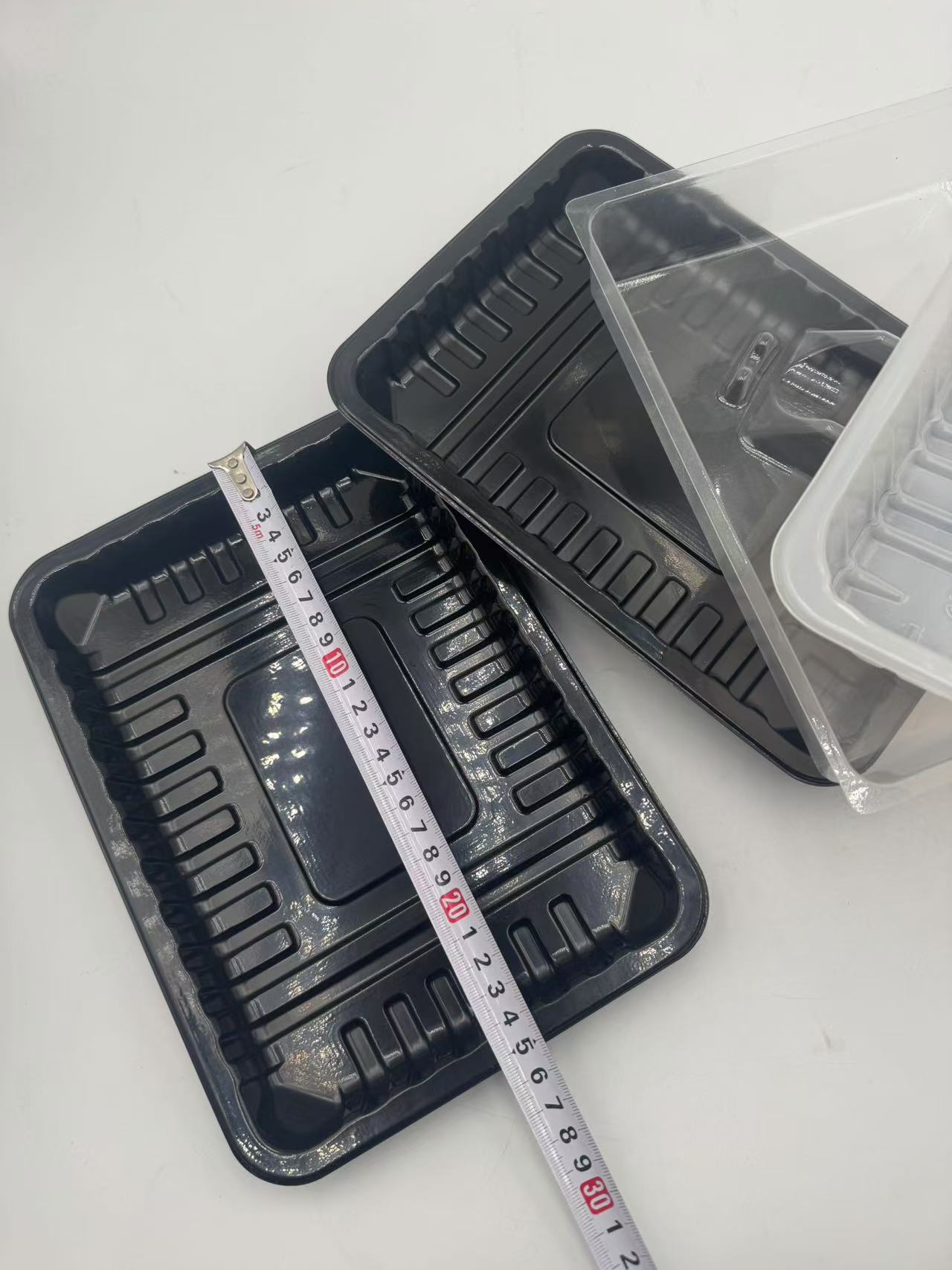
requirements. With continuous improvement in technology and the increasing demands of consumers for sustainable and high-quality packaging, further improvements and innovations in PP EVOH film will be expected to emerge, which will further strengthen its position in the food packaging market and contribute to the overall well-being of consumers and the food industry.
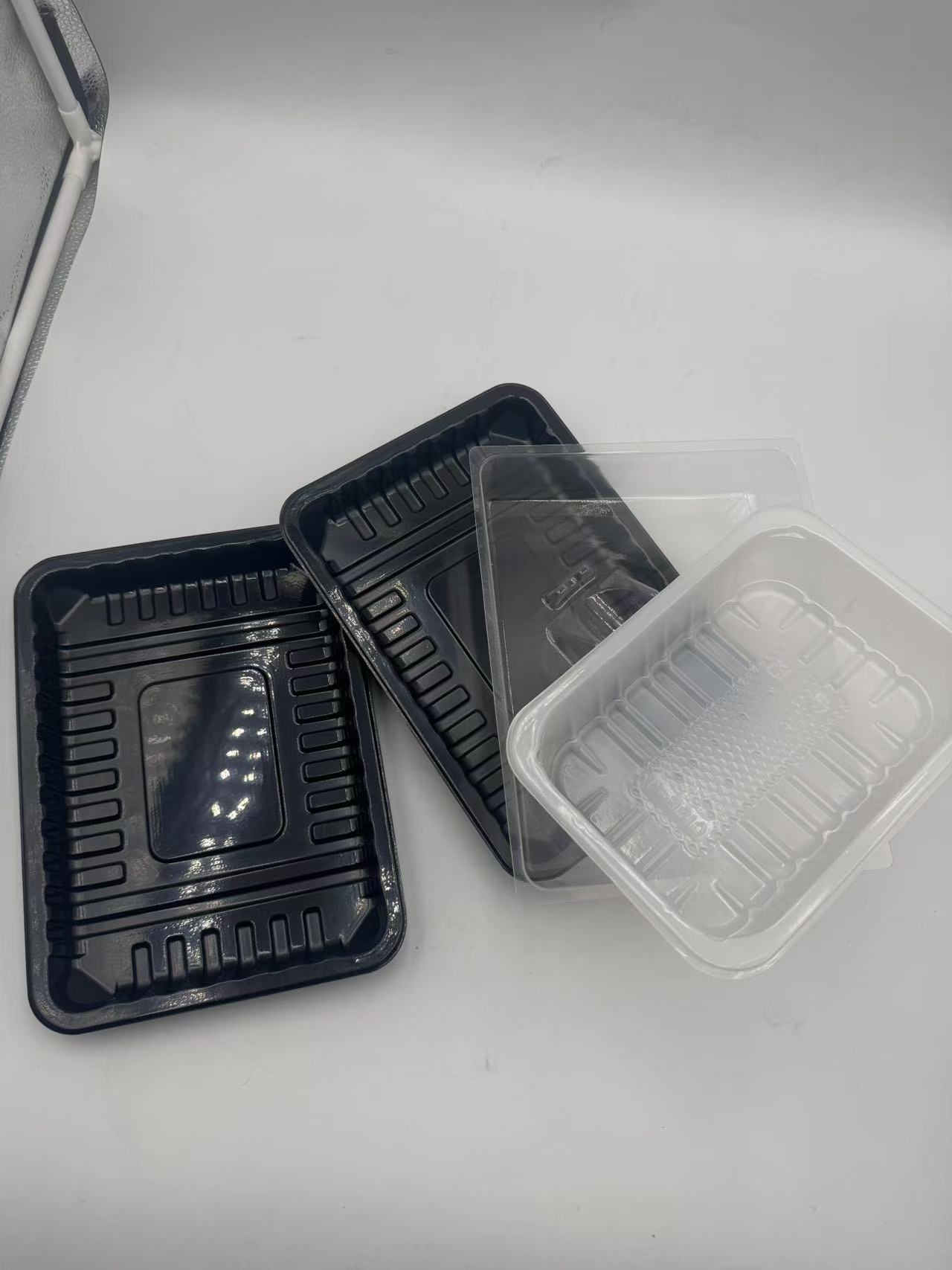
Within 15-20 days after received payment...more





















